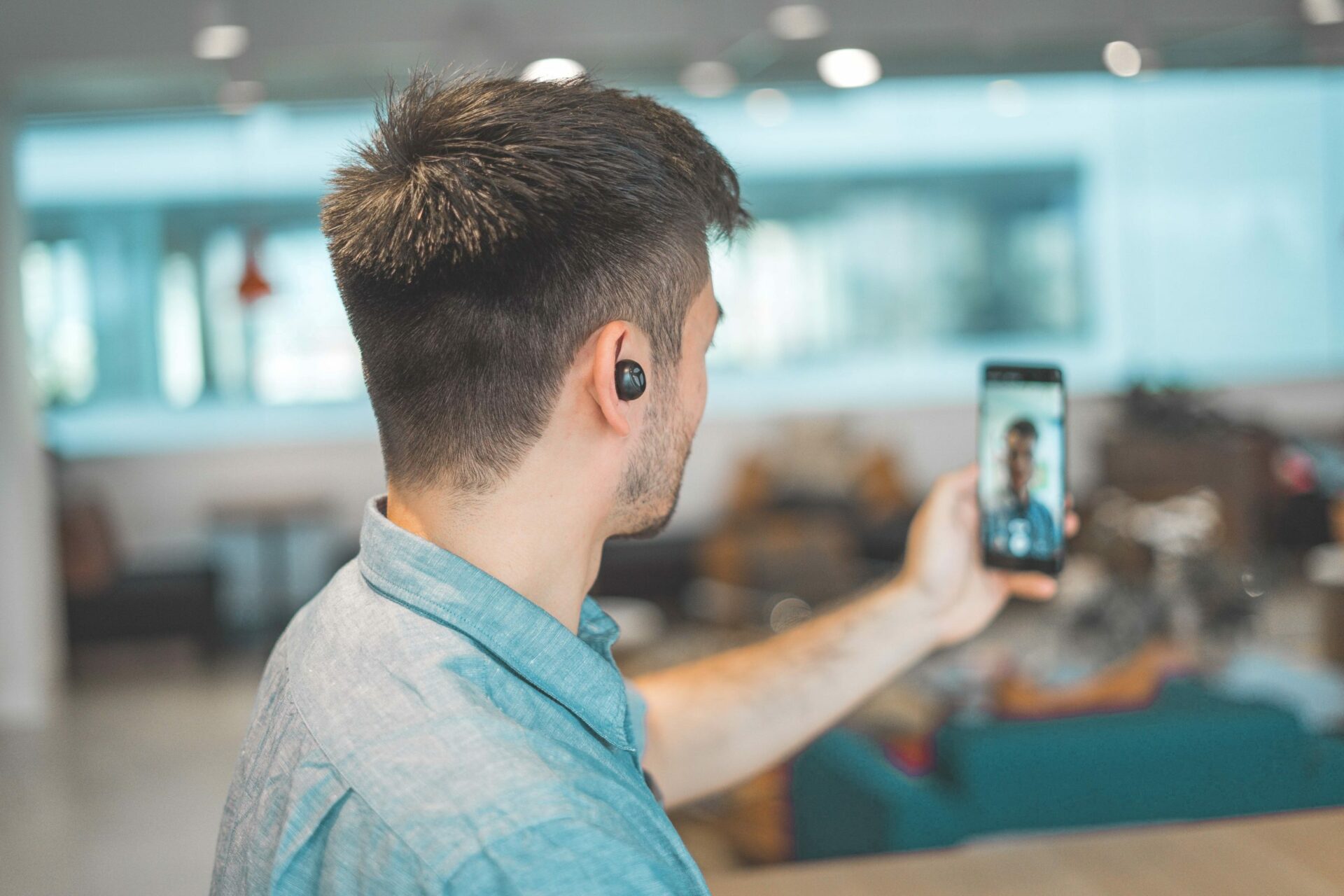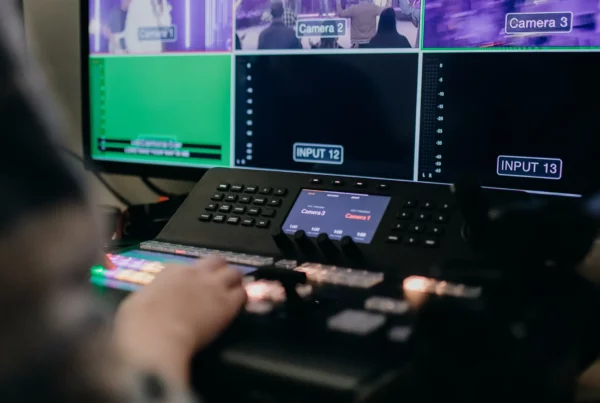We are often asked what bandwidth is needed to do a livestream in the first place. There is no one answer to this question. Here we explain what you need to consider.
| Video quality | Resolution | Data rate upload |
| 4K | 4096 x 2160 Pixel | from 10.000 – 35.000 kbit/s |
| Ultra HD | 3840 × 2160 Pixel | from 10.000 – 35.000 kbit/s |
| Full HD | 1080p, 1920 x 1080 Pixel | from 3.000 – 9.000 kbit/s |
| HD | 720p, 1280 x 720 Pixel | from 1.500 – 6.000 kbit/s |
| SD | 360p, 640 x 360 Pixel | from 400 – 1.500 kbit/s |
 The resolution
The resolution
The resolution indicates how wide and high a video image is. This is given in pixels. And because video is about moving images, a picture must be replaced about 25 times per second. So we as viewers then see movement in the image. The higher the resolution, the sharper we see the video image – and the higher the data consumption we need.
The resolution “FullHD” has the pixel dimensions 1920 x 1080 pixels and is therefore also called “1080p”. “HD” has the dimensions 1280 x 720 pixels, hence the name “720p” here. Depending on the camera that generates the input signal, 25 or 30 frames per second are created, this is called 25 or 30 fps, frames per second. In principle, 50 or 60 fps are also possible, but this is rather uncommon for TV formats, and they would double the data rate.
There is also the resolution “4K”, these are rarely used for live streams, because here very high data rates would be necessary and many users do not have the appropriate hardware to view content in such a high resolution.
Data transmission
For the live stream it depends on the one hand on the line on site (the “upload”, quasi the sending) and on the other hand on the bandwidth with which the viewer can access the stream.
The data rate for the upload
The upload data rate depends on the resolution and the image content. The higher the resolution, the more pixels an image contains, and the higher the data rate must be.
The image content also plays a role. If a speaker is streamed in front of a monochrome background, a lower data rate is required for good quality than for a motif with a lot of movement, such as a soccer match. Therefore, depending on the resolution and image, you may need different data rates for a stream with the same quality.
| Video quality | Resolution | Data rate upload |
| Medium | 360p, 640 x 360 Pixel | ab 500 kbit/s (0,5 MBit per second) |
| Good (for quiet image content) | 360p, 640 x 360 Pixel | ab 1000 kbit/s (1 MBit per second) |
| Good (for moving content) in HD | 720p, 1280 x 720 Pixel | ab 2000 und 3000 kbit/s (2-3 MBit per second) |
| Good (with quiet image content) in FullHD | 1080p, 1920×1080 Pixel | ab 2000 kbit/s (2 MBit per second) |
| Good (for moving image content) in FullHD | 1080p, 1920×1080 Pixel | ab 5000 kbit/s (5 MBit per second) |
How much data volume do you need?
The question of how much data volume you need is an important one, especially when streaming on the go. Here is an overview of the volume based on the time that is streamed:
| Resolution | Frame rate | Bit rate | Data volume/ hour |
| 360p | 30fps | 1000 kbit/s | 0.45 GB |
| 480p | 30fps | 1500 kbit/s | 0.675 GB |
| 720p | 30fps | 3000 kbit/s | 1.35 GB |
| 720p | 60fps | 4500 kbit/s | 2.052 GB |
| 1080p | 30fps | 6000 kbit/s | 2.7 GB |
| 1080p | 60fps | 10000 kbit/s | 4.5 GB |
How do you set up your device for a live stream?
The settings depend on various factors, the hardware itself, the Internet connection, and of course the resolution in which you want to stream. As a guideline, use a maximum of two-thirds of the minimum bandwidth available at the transmission point.
If you want to stream in a very good resolution of 1080p, you should choose 60 fps. A stable bit rate of 6000 kbit/s (6 MBit per second) is then required.
If you stream with a smartphone, for example, you will not reach such values. Newer smartphones should be fine with 720p and 30 fps and a bitrate of 3,000 or 4,500 kbit/s.
We recommend broadcasting with 30 FPS or 60 FPS to Contentflow, because we normalize the signal later to 30 FPS (if input signal < 50 FPS) or 60 FPS (if input signal >= 50 FPS).



 The resolution
The resolution


 This project has received funding from the European Union’s Horizon 2020 research and innovation programme under grant agreement No 876239, 959379 & 965502.
This project has received funding from the European Union’s Horizon 2020 research and innovation programme under grant agreement No 876239, 959379 & 965502.
